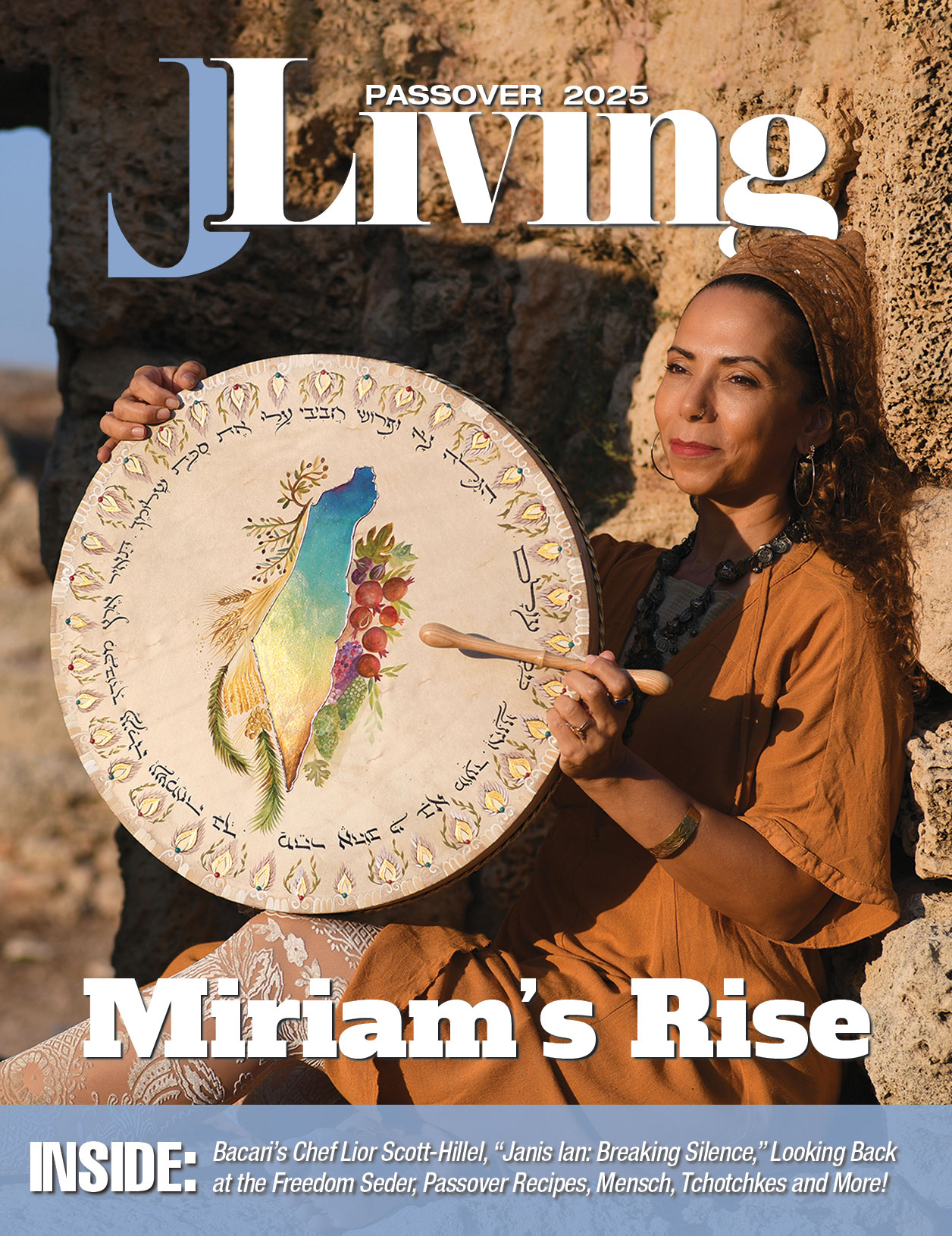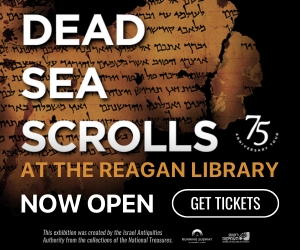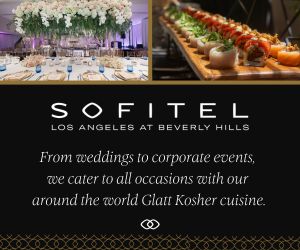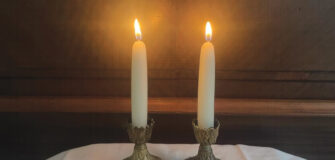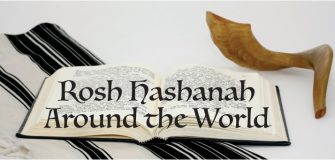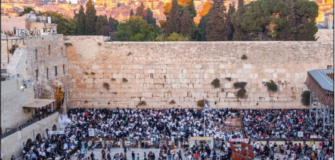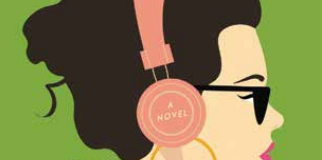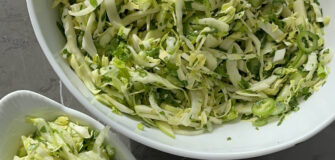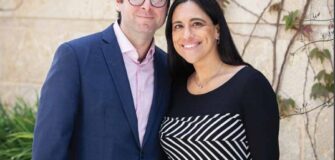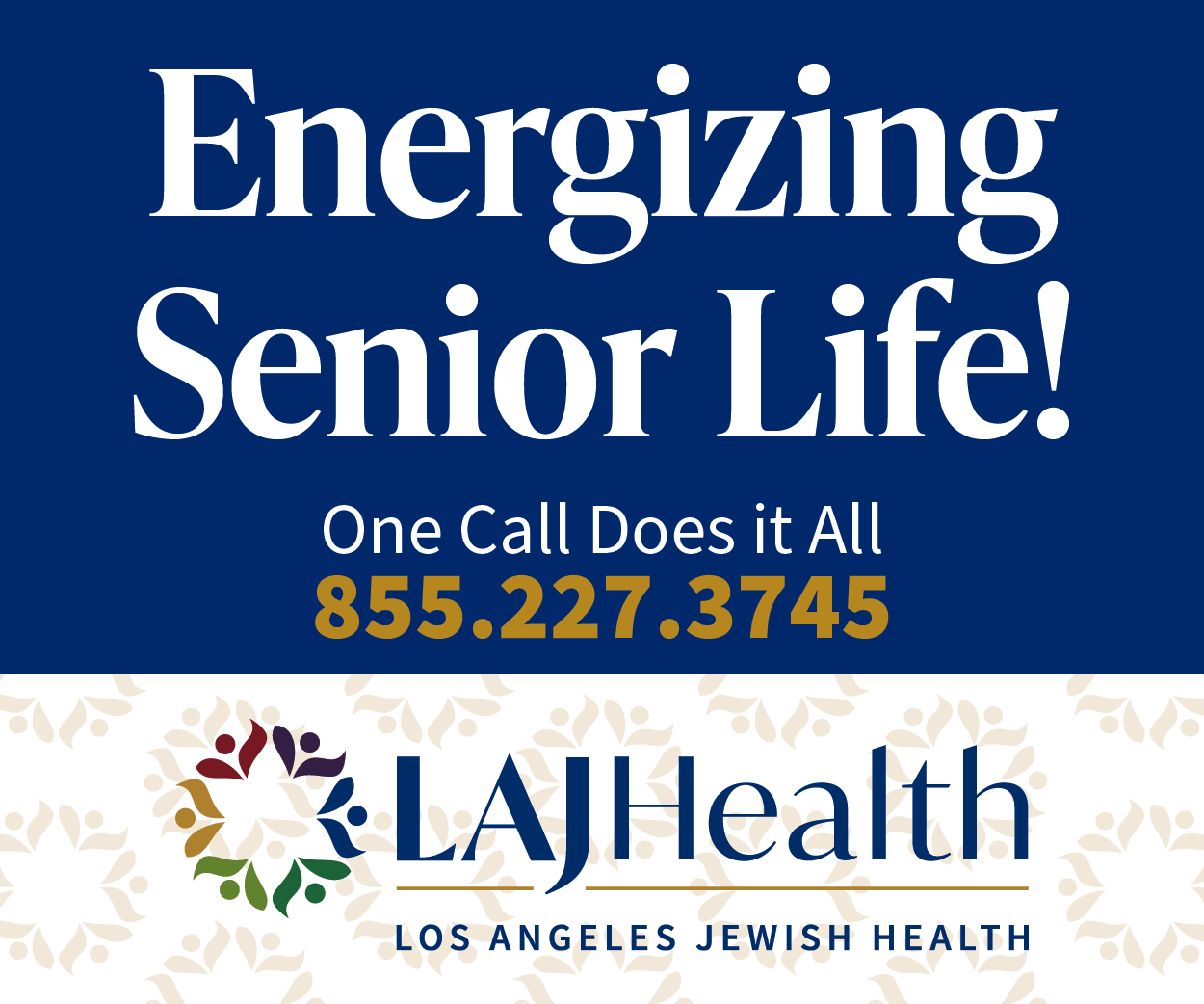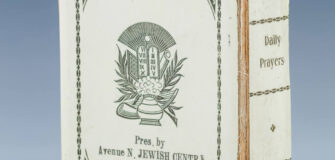Rabbi Aaronson – The Jewish Holiday Season
There’s more than just Rosh Hashanah and Yom Kippur.
“Rabbi, when are the holidays?”
This is the most common question rabbis get about Rosh Hashanah and Yom Kippur — and I start fielding this question around Passover! My go-to answer is, “Rosh Hashanah is the first of Tishrei, same as last year!” Of course, that’s not really what people are asking. They’re asking when the Holidays come in relation to the Gregorian Calendar. This year, Erev Rosh Hashanah begins at sundown on Wednesday, Oct. 2. The Holidays, however, encompass a much larger period of time. Fully understanding the almost two-month period of the High Holy Days helps us to find meaning and inspiration during the most consequential period of time of the Jewish calendar.
The Holy Days comprise the Hebrew months of Elul and Tishrei. Elul is the month before Tishrei, the month in which Rosh Hashanah, Yom Kippur, Sukkot and Simchat Torah take place. Elul began this year on Tuesday evening, Sept. 3. During Elul, we begin the spiritual and emotional preparation we need to enter Tishrei.

There are a few customs that mark this month. Each day of the month, after daily prayers (except on Shabbat), we hear the sound of the Shofar for the first time since last Yom Kippur. The sounding of the Shofar is meant to awaken our spirit. We also add prayers of Selichot, or penitential prayers, to our liturgy. These are prayers designed to help our souls move into the difficult process of seeking forgiveness from God and from those against whom we’ve sinned, which will culminate in Yom Kippur.
There is a special service known as Selichot, typically held late at night on the Saturday night before Rosh Hashanah. It is comprised of the prayers of Selichot, among other prayers. This year, Selichot will be observed on Saturday, Sept. 28. Similar to many congregations, ours changes the covers of the Sifrei Torah from their year-round colorful covers to all-white to signify the purity of the Holy Days. They remain covered in white until Simchat Torah, when we change them back.
Rosh Hashanah begins a few days after Selichot — this year on Wednesday evening, Oct. 2 and Thursday, Oct. 3. Rosh Hashanah marks the formal start of the High Holy Days. According to Jewish teaching, it is the birthday of the world, the moment our calendar will shift from 5784 to 5785. Although Rosh Hashanah marks the beginning of a 10-day period of introspection and soul-searching, it is a festival and a celebratory day.
A ritual known as Tashlich is often held on the afternoon of the first day of Tashlich (except on Shabbat — and can, by tradition, take place anytime until the end of Sukkot). On Tashlich, we physically “cast off” our sins by symbolically casting a piece of bread into the water.
Today, especially in the progressive world, there are many creative ways to observe this ritual. Some communities have a “reverse” Tashlich in which, rather than casting bread into the water, communities will gather at a beach, for example, and clean up the beach.
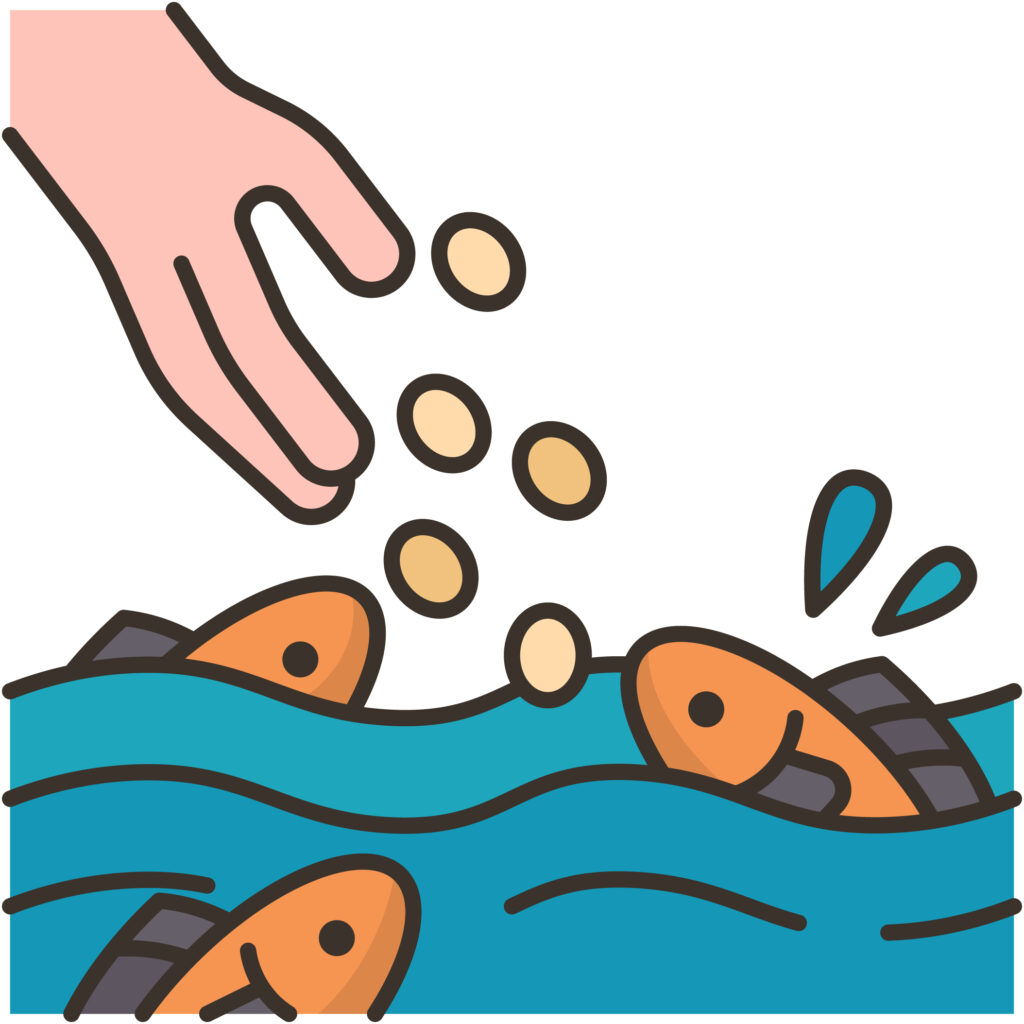
The ten days between Rosh Hashanah and Yom Kippur are known as the “Ten Days of Repentance.” During this period, we focus on seeking forgiveness for our sins during the past year. We hold ourselves accountable for our transgressions, and we seek forgiveness from those we’ve injured. This is a fraught time because our destiny literally hangs in the balance. We prepare ourselves for Yom Kippur, the Day of Repentance.
Yom Kippur begins with the most solemn worship service of the entire Jewish year, known as Kol Nidrei, after the prayer that is central to this service. This prayer is sung to arguably the most famous melody in the entire liturgy. Kol Nidrei asks for God to absolve us from the various promises we’ve made or might make that have not come to be.
Many Jews will dress in white to observe Yom Kippur as a visible symbol of the process of spiritual purification that is at the core of Yom Kippur. On the day of Yom Kippur, many Jews will spend the entire day in prayer. Our prayers focus on seeking forgiveness and of looking deep within our soul to examine our actions over the past year.
Our hope is that our prayers will be judged by God with mercy. We pray that during the final service of Yom Kippur, known as Ne’ilah, we will be inscribed into the Book of Life for another year. Yom Kippur concludes with the bittersweet joy of Havdalah to separate the old year from the new and the holiness of Yom Kippur from the ordinary life of the next day. In our congregation, we symbolically hammer a nail into a piece of wood as a sign of the Sukkah that will soon be erected in the spirit of the constantly moving cycle of the Jewish calendar.
Five days after Yom Kippur, we celebrate Sukkot. The most notable symbol of this festival is the booth or Sukkah, that we build, which symbolizes the dwellings the Children of Israel used during their 40 years in the desert. This is a festival of great joy that also marks the end of the summer harvest as we prepare for fall. Typically, Sukkahs are elaborately decorated with gourds, fall fruits and works of art created by children.
Finally, we mark the end of Sukkot with the festival of Simchat Torah, during which time we conclude the reading of the Torah and begin a new cycle of reading the Torah. We dance, we rejoice and we celebrate. Simchat Torah is the official end of the Holy Days that began with such anticipation on the first of Elul.
The ebb and flow of the High Holy Days emerged after many years into the two-month period that now exists. The entire two-month period of time is designed to send our souls on a spiritual journey that takes us from where we are, somewhat broken after a year of transgressions, through the cleansing process of Rosh Hashanah and Yom Kippur, from which we emerge renewed and reborn.
Shanah Tovah u’metukah.

